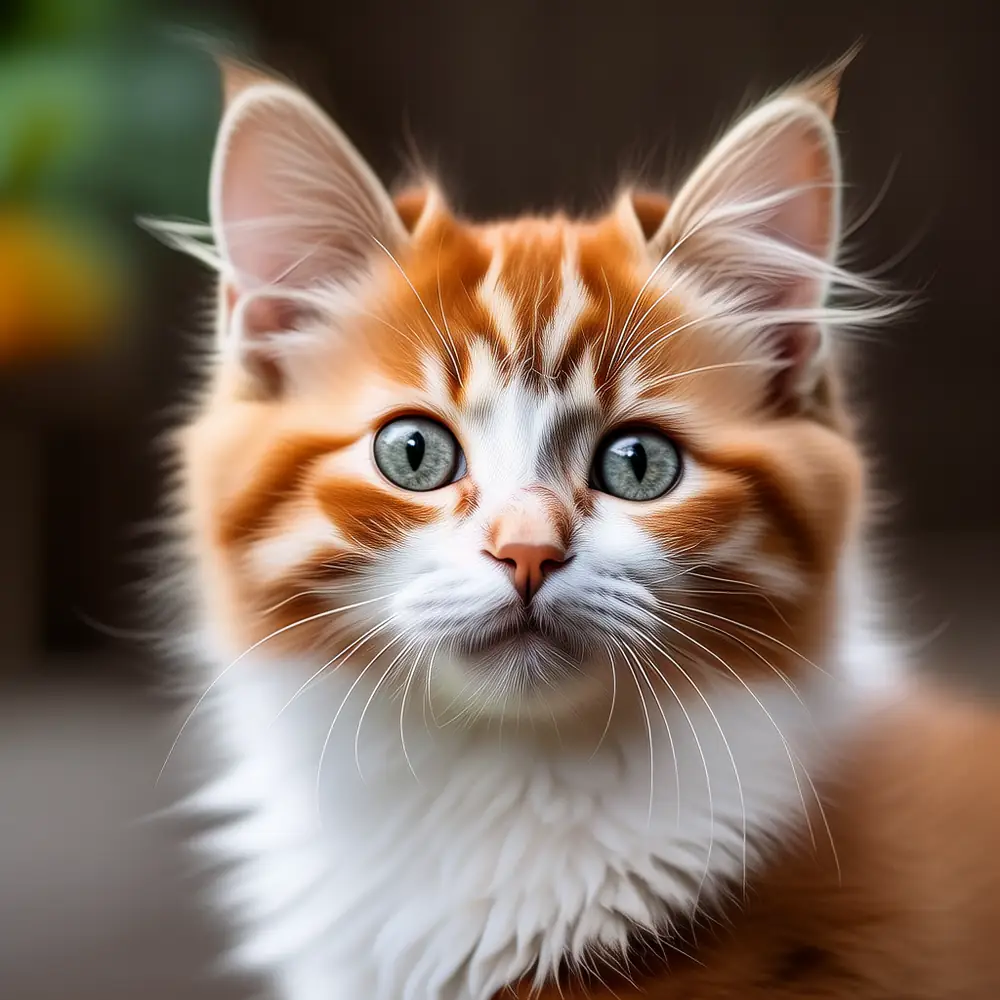Picking the Perfect Plate: How to Choose the Right Cat Food
Choosing the right cat food is more than just a trip to the pet store; it's about ensuring your feline friend has a long, healthy, and happy life. The right diet can prevent health issues, keep your cat at an ideal weight, and even improve their mood and energy levels. But with so many options on the shelves, how do you know what’s best for your pet? Let’s dive into some practical tips to help you make the right choice.
First, consider your cat’s age and health. Kittens, adult cats, and senior cats have different nutritional needs. For instance, kittens need more calories and protein to support their growth, while senior cats might benefit from a diet lower in calories but higher in fiber to aid digestion. If your cat has specific health issues like urinary tract problems or diabetes, look for specialized formulas that address these concerns. For example, a cat with kidney issues might need a low-phosphorus diet, which you can find in specially formulated foods.
Next, pay attention to the ingredients. High-quality cat food should list a named meat (like chicken, turkey, or fish) as the first ingredient. Avoid foods that list by-products, fillers, or vague terms like "meat meal" as primary ingredients. These are often lower in quality and can be harder for your cat to digest. Look for whole grains, vegetables, and fruits as additional ingredients, as they provide essential vitamins and minerals. A good rule of thumb is to choose foods that you would eat if they were human-grade.
Don’t forget to check the label for the AAFCO (Association of American Feed Control Officials) statement. This ensures that the food meets the minimum nutritional requirements for cats. The label should state that the food is complete and balanced for a specific life stage, such as “for maintenance” or “for all life stages.” This guarantees that the food provides all the necessary nutrients without the need for supplements.
Lastly, always introduce new foods gradually. Sudden changes in diet can upset your cat’s digestive system, leading to diarrhea or vomiting. Start by mixing a small amount of the new food with the old, gradually increasing the proportion over a week. This will give your cat’s system time to adjust and reduce the risk of tummy troubles.
- Choose food based on your cat’s age and health needs.
- Look for high-quality, named meats as the first ingredient.
- Avoid by-products, fillers, and vague ingredient terms.
- Check for the AAFCO statement to ensure complete and balanced nutrition.
- Introduce new foods gradually to avoid digestive issues.
A Word of Caution
One common mistake is overfeeding. Even if the food is high-quality, too much can lead to obesity, which can cause a host of health problems. Always follow the feeding guidelines on the package and adjust based on your cat’s activity level and body condition. If you’re unsure, consult your veterinarian for personalized advice.
Remember, the right cat food is a key to a happy and healthy feline friend. By considering your cat’s specific needs, reading labels carefully, and making gradual changes, you can ensure your pet enjoys a nutritious and delicious diet.
